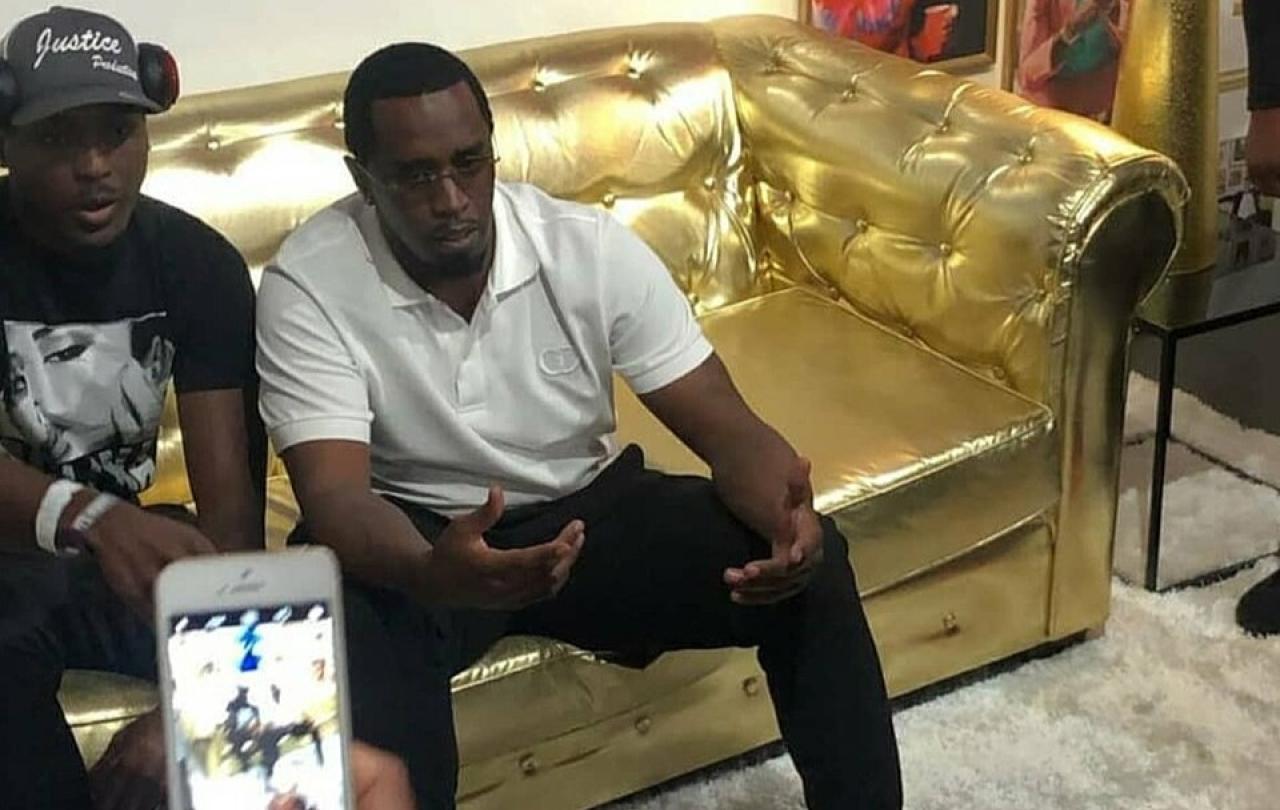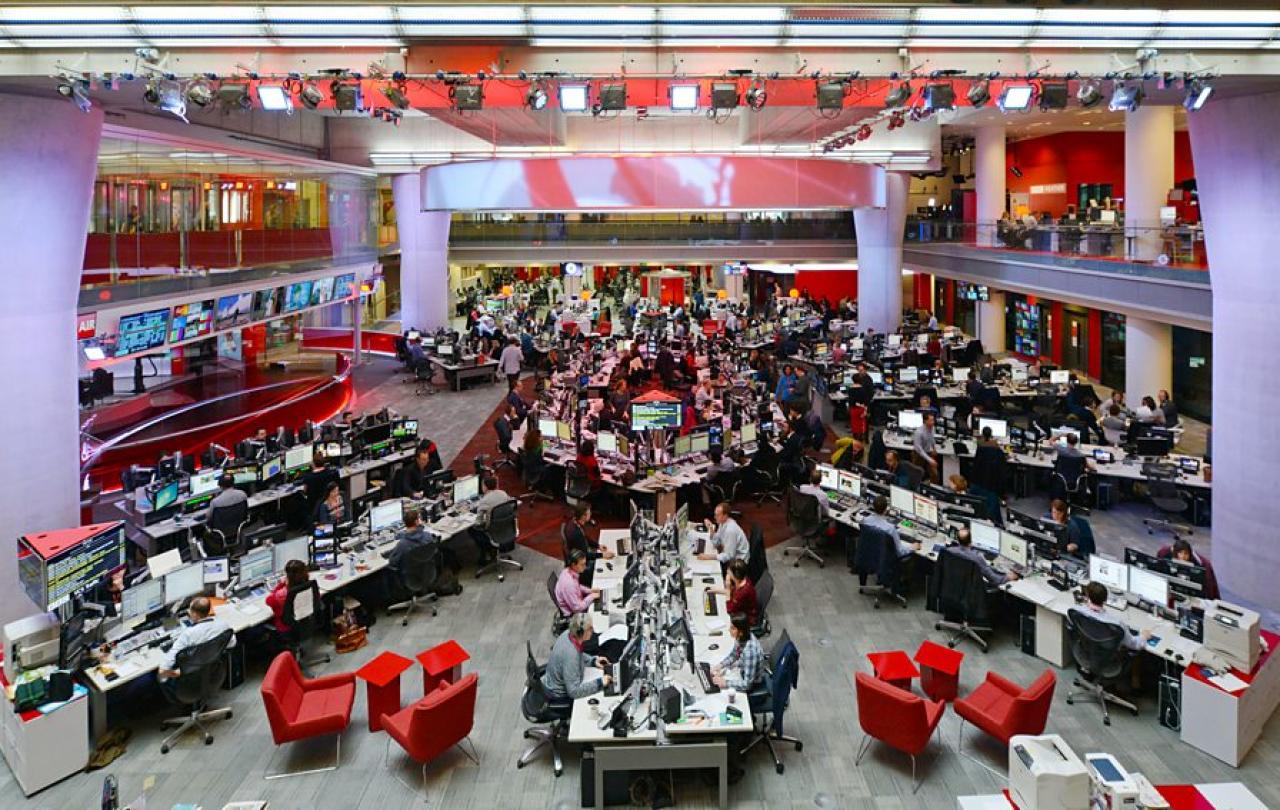
As the weeks-long trial of Sean ‘Diddy’ Combs draws to an end, the world at large has seen an insight into his life that we wish we hadn’t. Combs has just been convicted of transportation to engage in prostitution. Combs had pleaded not guilty and vehemently denied all allegations against him.
Podcasters and influencers have kept us up to date with every twist and turn of the prosecution’s case, along with a jury member being dismissed and a bizarre visit from Kanye West. Trials of powerful, successful men (and it invariably is men) have become a semi-regular occurrence in the last few years. The #MeToo movement brought justice for victims of abusers like R. Kelly and Harvey Weinstein. But something about the Diddy trial feels different. For hip hop fans of a certain age, the accusations against Diddy were both shocking and hard to accept. Let’s take a deep dive into why that might be.
For fans who are forty or older, one night looms large in the history of hip hop; the 1995 Source Awards, which distilled the entirety of the East/West coast beef into one evening. West coast rap music was in the ascendence, and New York, the birthplace of rap music and hip hop culture, was not coping with it very well.
The atmosphere was further exacerbated when a red-shirted man, as big as a house and twice as broad, took to the stage. Marion ‘Suge’ Knight was the head of Death Row Records, a West coast label that had been hoovering up talent like Snoop Dogg, 2pac and Dr. Dre. Suge was an intimidating presence to say the least. His red shirt was a sign of his affiliation with the ‘Bloods’, the notorious L.A. street gang. It was an image of notoriety that Suge leaned into and it was well-earned. In his award acceptance speech, Suge said the most infamous lines he was ever to utter:
“Any artist out there wanna be a’ artist, and wanna stay a star, and don't wanna – and won't have to worry about the executive producer try’na be all in the videos, all on the records, dancin’ – come to Death Row!”
This was widely perceived as an attack against Sean Combs, ‘Puffy’ or ‘Puff Daddy’ as he was known back then. As the head of Bad Boy Records, Puffy was not content to simply be behind the scenes; he constantly interposed himself into the songs and videos of the musicians on his label. Whilst these interventions might seem annoying to some, the success that Bad Boy’s artists had achieved couldn’t be argued with, and as a New York native, the audience at the Source Awards saw Suge’s words as an attack on one of their own. So, when Puffy took to the stage later, a response to Suge’s barbs was hotly anticipated.
But on that occasion, Puffy took a different approach. He acknowledged that he was the executive producer in question, and added: “contrary to what other people may feel, I would like to say that I'm very proud of Dr. Dre, of Death Row and Suge Knight for their accomplishments... and all this East and West [conflict], that needs to stop. So give it up for everybody from the East and the West that won tonight. One love.”
In this interaction, we saw the aggressive antagonist Suge be met with nothing but love and respect from Puffy. It seemed like a refreshing antidote to the perception of rap music being only violent and misogynistic. Without wishing to overstate the point, Puffy showed that hip hop could be measured, mature and positive. This was an image that, until recently, had held for decades. Yes, there was a fair amount of hedonism thrown in to his public image, but that is priced-in to the cost of being a fan of famous rappers –the excess comes with the territory. For decades we have been dealing with this false dichotomy that Suge Knight was the ‘villain’, and Puffy was the ‘hero.’
This image of Puffy as, at the very least, a decent man, was further underscored following the deaths of Tupac ‘2pac’ Shakur and The Notorious B.I.G. aka Christopher Wallace. The murders of those two impossibly talented, painfully young men, less than a year apart, represent the point from which all other historical events are judged as ‘before’ or ‘after’. One of the things that came after was Puffy’s release of I’ll Be Missing You, a song in honour of B.I.G, his most popular artist and friend. Sampling The Police’s Every Breath You Take and featuring Biggie’s widow, Faith Evans, on the chorus, Puffy evoked explicitly biblical language with lines like:
“It's kind of hard with you not around, / know you in heaven, smiling down / watching us while we pray for you / every day we pray for you.”
These combined with the images in the video, hands in prayer, candles, children dressed in white all served as a fitting tribute. It could have been mawkish, but it met the moment and consolidated Puffy’s good guy image in our heads. We believed he was a good guy because we wanted to believe someone was. Other hits followed, with videos filled with shiny suits and relentless dancing; it was fun, and served as a counterbalance to the grit and grime of gangsta rap. For over two decades, Puffy, now going by ‘Diddy’, had an image that fans still associated with lightness and positivity. Critics like Murs from HipHop DX led conversations painting Diddy as the Superman to Dr. Dre’s Batman. Rumours about Diddy would occasionally surface, but without the mainstream media devoting much time to them, they were easily dismissed. That was until Cassie Ventura, Diddy’s ex-girlfriend, filed a civil lawsuit.
If there are any lessons to be learned by his fans, they’re lessons that have sadly already been learned by fans of countless other powerful and successful men.
In late 2023, Cassie’s lawsuit accused Diddy of rape and sex trafficking. These allegations were explosive, but just one day later, both parties reached a settlement. The fire of Ventura’s accusations was dampened down by the release of the joint statement a day later. It seemed as if the whole thing was over and done with before many hip hop fans could even hear the news, let alone process it. Fans of Diddy clung to shreds of denial, whilst noticing that no-one else from the hip hop community seemed to be springing to his defence. Almost as if the people who knew him in person had a very different image from that of the persona he cultivated.
But Cassie’s lawsuit was the first crack in the dam. Law enforcement agencies began investigating, Diddy’s property was raided and by the time CNN got their hands on the surveillance video of Diddy attacking Cassie, the dam had well and truly burst. The video from a Los Angeles hotel dated March 2016, shows Miss Ventura attempting to leave one of Diddy’s freak offs 'parties'. Only to have Diddy chase her down the corridor, grab her and violently assault her. Each kick, drag and object thrown at her slammed another nail into Diddy’s reputation. The ensuing apology he posted on his Instagram was completely invalidated by his earlier statement that his accusers were making false claims in search of a “quick pay day.”
For those that loved Combs’ music and what it meant to us, it felt like something repellent had crawled into it and died, forever tainting those songs by association. If there are any lessons to be learned by his fans, they’re lessons that have sadly already been learned by fans of countless other powerful and successful men. Firstly, the more powerful a person is, the more they can hone and control their public image, and that they must be taken with a grain of salt. Secondly, always be ready to question a dichotomy. Is this really a hero versus a villain? Or in this case, an example of two demonstrably evil men, one with substantially better public relations.
Support Seen & Unseen
Since Spring 2023, our readers have enjoyed over 1,500 articles. All for free.
This is made possible through the generosity of our amazing community of supporters.
If you enjoy Seen & Unseen, would you consider making a gift towards our work?
Do so by joining Behind The Seen. Alongside other benefits, you’ll receive an extra fortnightly email from me sharing my reading and reflections on the ideas that are shaping our times.
Graham Tomlin
Editor-in-Chief





